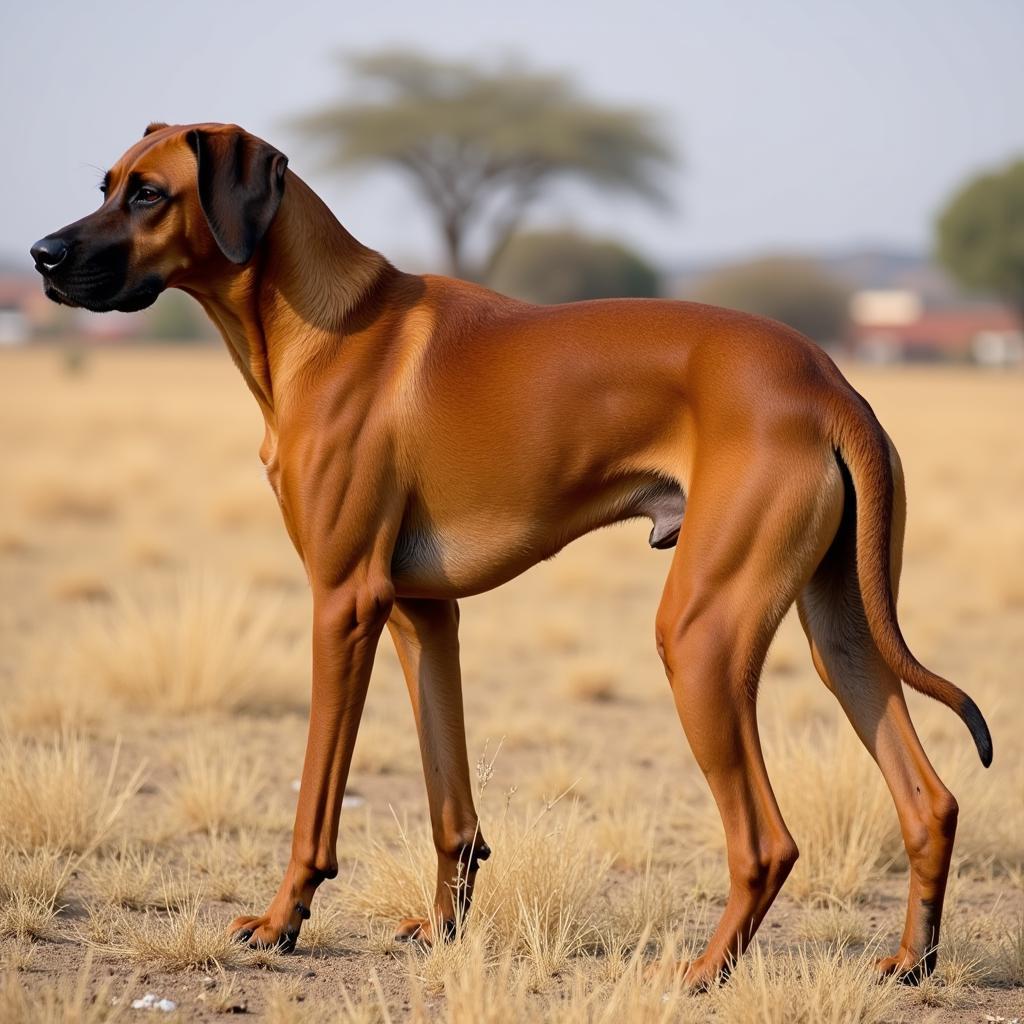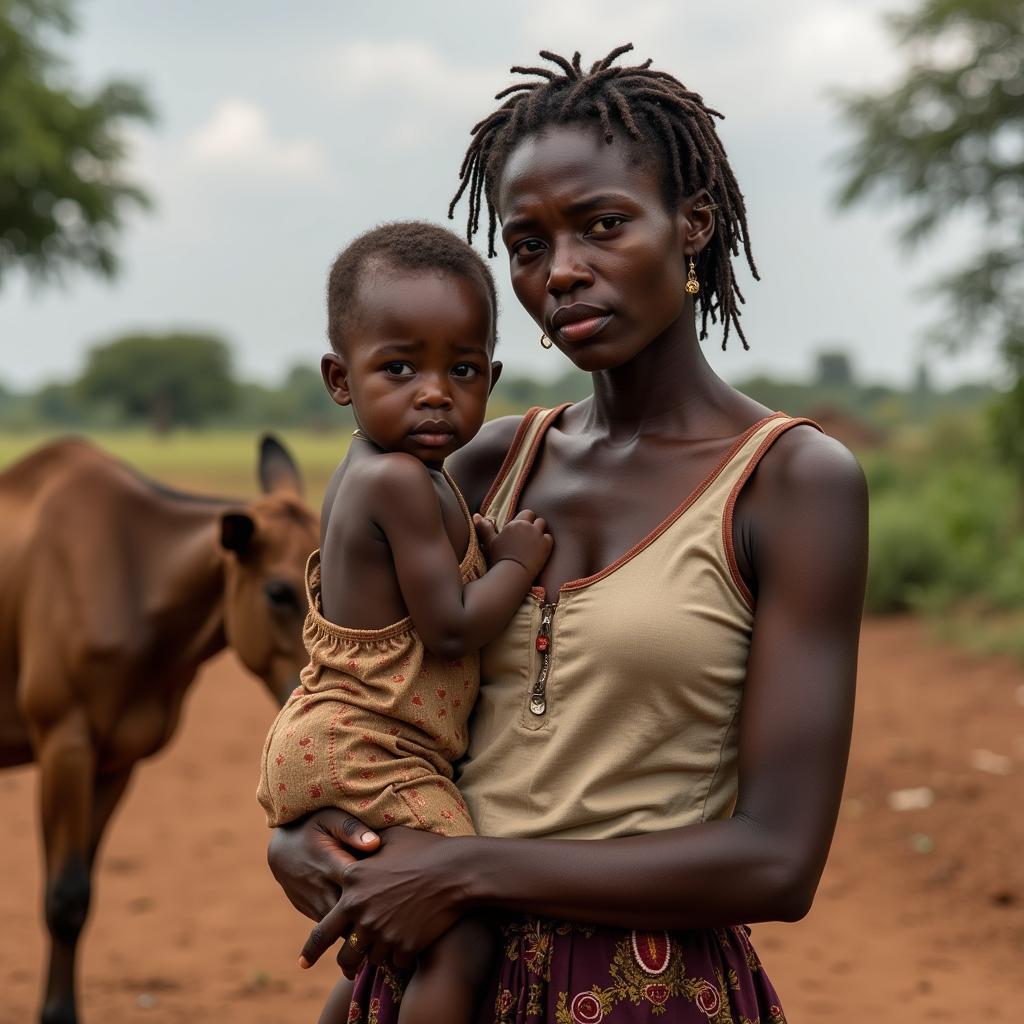The Complex Reality of an African Child with a Gun and a Teddy Bear
The image of an African child with a gun and a teddy bear is jarring, evoking a range of emotions and raising complex questions. This stark juxtaposition symbolizes the loss of innocence and the harsh realities faced by children in conflict zones across Africa. It underscores the devastating impact of war, poverty, and exploitation on the most vulnerable members of society.
Understanding the Underlying Issues
Why does this image exist? It’s crucial to understand the complex web of factors that contribute to the tragic circumstance of child soldiers and the desperate situations they face. Poverty, political instability, and lack of access to education are key drivers. Often, these children are forced into armed groups through coercion, abduction, or as a means of survival. For some, it’s the only way to protect themselves and their families. They are victims, robbed of their childhoods and forced to participate in unspeakable acts. The teddy bear, a symbol of comfort and innocence, highlights the tragic contrast between what their lives should be and the brutal reality they endure.
The Impact of Conflict on Children
Conflict zones create an environment where children are particularly vulnerable. They are exposed to violence, displacement, and loss. The psychological scars of war can be profound, leading to long-term mental health issues, including PTSD and depression. The lack of access to basic necessities like food, clean water, and healthcare further exacerbates their plight. These children are often deprived of education, perpetuating a cycle of poverty and instability.
The Role of Poverty and Exploitation
Poverty and exploitation are often intertwined with the issue of child soldiers. Families struggling to survive may see no other option than to allow their children to join armed groups, sometimes in exchange for food or money. Criminal networks and unscrupulous individuals exploit this vulnerability, preying on desperate families and forcing children into conflict. This exploitation robs them of their future and condemns them to a life of violence and hardship.
Breaking the Cycle: Paths to Hope
While the image of an African child with a gun and a teddy bear is undeniably heartbreaking, there is hope. International organizations, NGOs, and local communities are working tirelessly to address the root causes of this issue and provide support to affected children. These efforts include disarmament, demobilization, and reintegration programs (DDR) that help child soldiers transition back into civilian life. Providing access to education, psychosocial support, and vocational training is crucial for their healing and successful reintegration.
The Importance of Education and Rehabilitation
Education plays a vital role in breaking the cycle of violence and poverty. It provides children with the knowledge and skills they need to build a better future for themselves and their communities. Rehabilitation programs that address the psychological trauma experienced by child soldiers are equally important. These programs help them process their experiences, cope with their emotions, and develop healthy coping mechanisms.
Dr. Aminata Sow, a renowned child psychologist specializing in trauma recovery in East Africa, states, “Trauma-informed care is essential for these children. It’s not enough to simply remove them from the conflict; we need to provide them with the support they need to heal and rebuild their lives.”
Conclusion
The image of an African child with a gun and a teddy bear serves as a powerful reminder of the complex challenges facing children in conflict zones. While the situation is dire, it’s not hopeless. By addressing the underlying issues of poverty, instability, and exploitation, and by providing comprehensive support to affected children, we can help them reclaim their childhoods and build a brighter future. The image should motivate us to act, to support organizations working on the ground, and to advocate for policies that protect children and promote peace.
FAQ
- What are the main reasons children become soldiers in Africa?
- What are the long-term effects of being a child soldier?
- How can we help children affected by conflict?
- What are DDR programs and how do they work?
- What role does education play in the rehabilitation of child soldiers?
- What are some of the challenges faced by organizations working to help child soldiers?
- How can I support organizations working to end the use of child soldiers?
Need Help?
For further assistance or information, please contact us:
Phone: +255768904061
Email: kaka.mag@gmail.com
Address: Mbarali DC Mawindi, Kangaga, Tanzania.
We have a 24/7 customer support team available to assist you.

